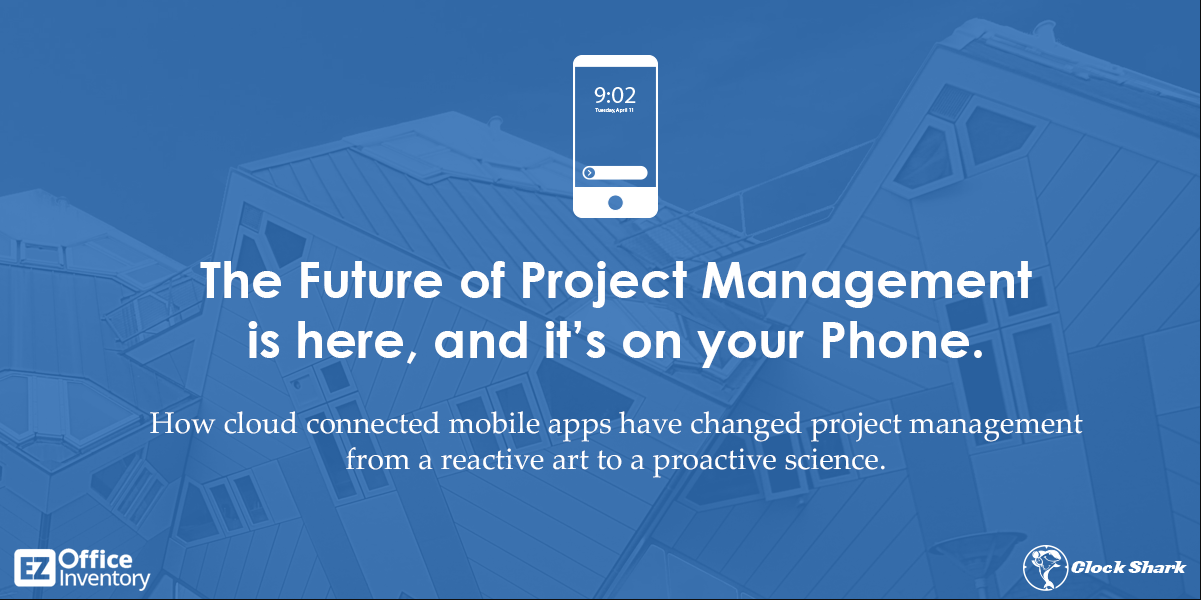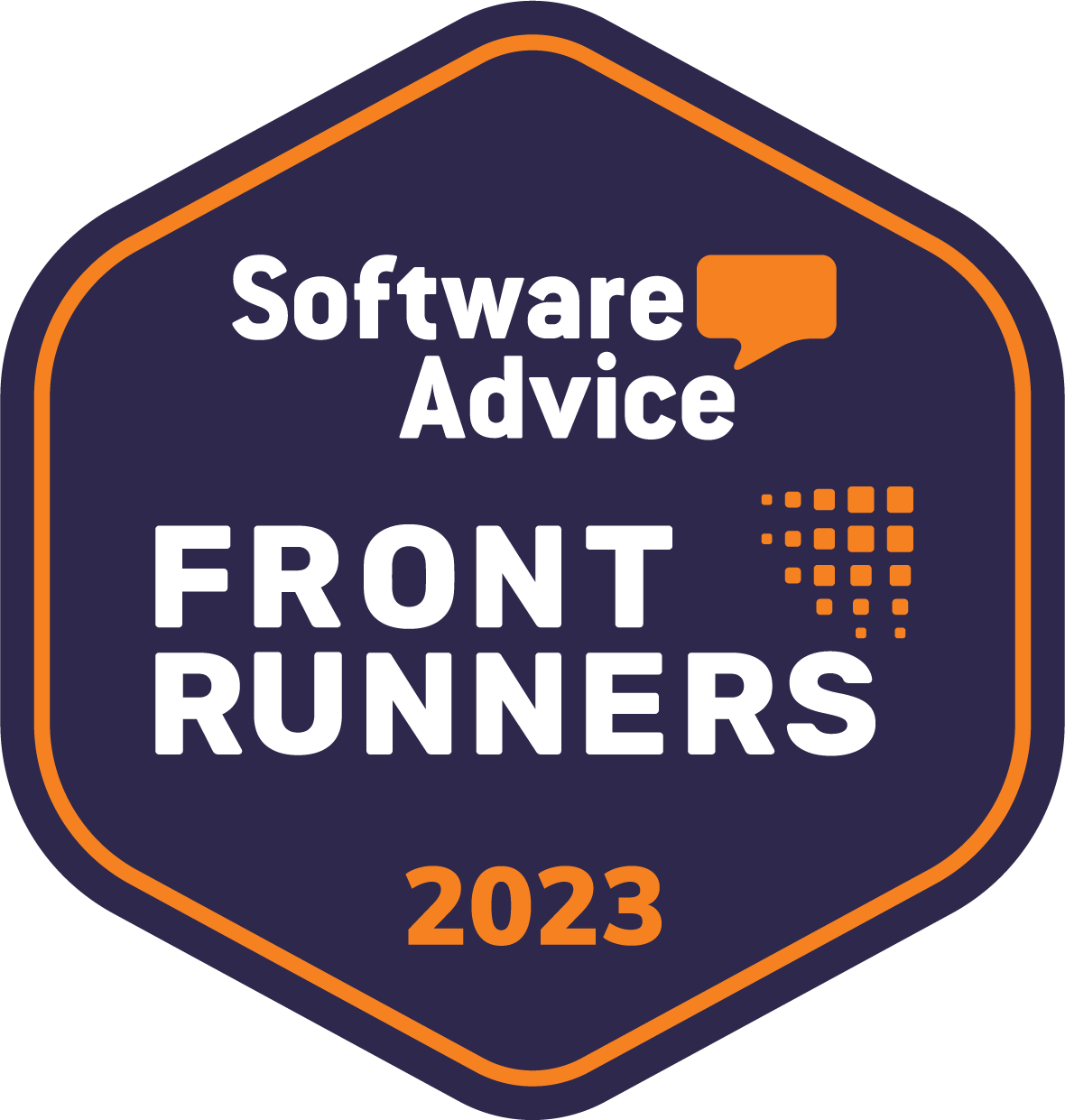Mobile apps have changed the game for project, asset, and time management. The smartphones we carry are more powerful than all the computers used in the moon missions of the 1970s. Impressive computational power aside, the real party trick of the smartphone is its ability to instantly connect data with the internet. The same technology we use to share cat pictures with our friends also allows us to track resources in real-time from anywhere.
The one thing you need to successfully manage a project
Managing a project, department or team is a lot like juggling. You have to keep a bunch of balls in the air without letting any of them hit the ground. Suppliers, vendors, schedules, equipment, materials, approvals, goals and budgets all have to be managed to keep things moving along. It’s pretty complex, and that’s only managing one project. If managing one project is like juggling then managing many projects is like juggling flaming chainsaws. Blindfolded. To pull off this feat of skill and luck requires a strong set of processes and lots of information – accurate and timely information.
A big part of project management comes down to having the right resources available at the right time. Almost everything else revolves around that idea in one way or another. Resources can be assets like tools and equipment, but it also means skills and labor. If you need to dig a hole you need shovels, buckets, and wheelbarrows. You also need diggers, carriers, and pushers. If you’re missing the shovels or the diggers, that hole ain’t getting dug. This is why having a good handle on all your resources is key, both assets and human resources.
How projects, and companies, go off the rails
What makes managing multiple projects hard are the changes. If there is anything you can count on its death, taxes and things changing. Usually at the last minute. Like the old idiom goes, “The best-laid plans of mice and men often go awry.”
Imagine you run a construction company. You have several projects going at various stages. There is an enormous amount of assets and resources you need to manage. Heavy machinery like cranes and earth movers. Tools like saws and hammers. Equipment like scaffolding and fencing. There is also the small army of employees and contractors. Machine operators, skilled labor like masons, carpenters and electricians and general labor. Let’s not forget administrative and management resources. All these items and people need to be at the right place, at the right time doing the right job or the project comes to a screeching halt. Equipment and workers are generally shared across projects. If one project gets thrown off schedule, all your projects could be affected. Having a $2,000 an hour crane or a team of carpenters with a combined salary of $3,000 a day sitting idle can turn a project from profitable to company killing if it’s not handled fast.
The old way to manage a project, and why it doesn’t work
If you tried to run our imaginary construction enterprise 20 years ago you can bet you’d go through a lot of paper and time devoted to meetings. After setting the schedule based on equipment and staff availability, you’d need to print it out and get it to your foreman. They would, in turn, need to meet and get their people updated and equipment scheduled. Once work started, any notes, progress reports, and employee time sheets would need to be collected, verified for accuracy and passed onto the administrative staff. They would record and prepare reports for management. Based on the progress reports management would make adjustments. Then the process would start all over again. While this process worked for decades, it was far from perfect.
The biggest problems with this process is that information isn’t available in real time and the accuracy is questionable. Employee timesheets are notorious for being incomplete and having rounded or estimated times. Often, timesheets aren’t completed until right before payroll is run. Trying to remember what happened several days ago on a busy construction site is pretty hard to do. At best the information was a guess and at worst it was incomplete. Besides accuracy, speed is also a problem. A report stating a piece of equipment was needed a day longer than planned could get lost, overlooked or not noticed right away. Something like that can stress a schedule or put the entire project off track. Tracking down paperwork was also time-consuming. What’s the cost of that piece of equipment if it sits on the job site another day? Where’s the rental agreement? What about the operator? Are they available? Does their rate increase for unscheduled overages? Where’s the contract? Any way you look at it, this system was fraught with inefficiencies that cost time and money.
How smartphones changed project management forever
Today, many of these problems are solved with the use of mobile apps sending data to the cloud. With GPS enabled time tracking apps, employees use their smartphones to clock in and out and track the jobs and tasks they are working on. Because smartphones have GPS sensors, each time punch also has a location attached to them. Management knows where each clock in happened. If an employee tries to clock in early from down the road, or worse yet, from home the project manager knows immediately. A study from the American Payroll Association estimates that by increasing the accuracy of time tracking payroll costs can be reduced by between 2 and 8%. That’s a lot of money saved by not rounding work hours.
These apps increase accountability which makes data more accurate. The accuracy of the data gets even better because it’s also tracked in real time. Employees log everything as it happens, so they don’t need to remember what happened days ago. If a machine breaks down it gets reported immediately. This allows for less of a delay in taking care of it and re-routing the project around the problem. With the right asset tracking app, the machine probably wouldn’t have broken down to begin with because the maintenance schedule would be available when the equipment was booked. Is a project missing a tool? Your asset tracking app can tell you who had it last, and where they used it. Did an employee not show up? Your time tracking system can notify you that a scheduled clock in was missed. The amount of management and administrative time saved with real-time data is huge. These saving replay the cost of the software many times over. But there is another huge benefit to this way of doing business. Business intelligence.
Serious Side-Effect: Easy Business Intelligence
Having all this good data stored in a central location means you can mine it for insights. Back in the paper and meeting world, it would take a lot of time to compile all the information. Was it even profitable in the end? Where was our biggest slowdown? Where did the most time go to? How far away from our estimated budget did we end up? These simple questions could take days or even weeks to get answered. Now, with databases on the cloud, full of accurate real-time information these answers are only a few clicks away. The automated employee timesheet management tool gives you a simplified layout to track the total productive time an employee takes for finishing a particular project. Find out which teams can get work done faster than others. See if your estimating has been accurate over time, and if not, in what ways? This kind of data allows you to take control of your business and make it better and more efficient. And the best part? The mobile apps collect most of this data automatically. You get better and faster data. Your employees spend less time using the apps than they did with the old paper system. Everyone wins. Once you have run your business this way, you’ll never go back to paper and shared spreadsheets. The future is now.
While managing multiple projects or teams will probably always be like juggling flaming chainsaws, with the right software (mobile enabled, of course), you’ll at least get to take the blindfold off. Really, isn’t that safer for everyone?








